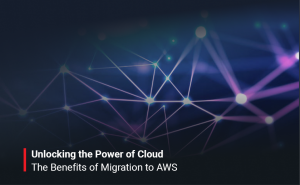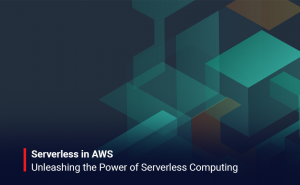According to a recent survey, the loss of data for business has increased to 400 percent over the last two years. Every organization in today’s world depends on data and uninterrupted flow of it.
Business run 24X7 with customers and employees accessing the data from multiple as well as remote locations. A single outage, irrespective of any reason can lead not only to a nightmare to the IT team but to financial and reputation loss in no time.
The cause of the outage can be human made or any natural calamities. Here is where disaster recovery and business continuity plan come in to play. These are the integral part of the risk management process of an organization. As there are many unforeseen damages an organization can have, it is very necessary to have preventive measure for those which are critical for business needs. Budget, appropriate location, manageability and complexity are the few major factors of organizations failing to reach their disaster recovery goal.
And the cloud comes to rescue…. With multiple options, locations and payment methods, you can determine your DR strategy and evaluate the solutions.
Below are the four key benefits of considering cloud option for disaster recovery strategy.
1.Flexibility.
Imagine your business running on traditional disaster recovery site and the usage goes multi fold! With a DR on cloud, you can scale your infrastructure to infinity. Even you can move your disaster recovery site to different location without any hassle. You can go for a solution where you have minimum infrastructure provisioned for replication propose and increase it during the disaster or DR drill.
2.Conserving Resources.
Organizations planning for disaster recovery can go for a duplicate data center setup or a co-location model with a third-party IDC that hosts multiple subscribers. For both the cases you have to go for a huge upfront capex investment or a contract with the provider. Not to mention managing the hardware and upgrading for compatibility. With cloud as an option you only have to pay as you use with anytime exit and latest hardware at service.
3.Security.
Despite the myth, cloud providers are more secure than many corporate data centers. As a guideline they need to meet many compliance and regulations. You get defined SLA and best practice guidance to setup your disaster recovery site.
4.Control.
DRaaS doesn’t mean you will lose control of your IT. With a central management console, you can manage and monitor your disaster recovery site. You can manage replication, define RTO, RPO. You can automate fallback and failover.
Conclusion:
No business is invulnerable to IT disaster. Did you know that only 6 percent companies suffering from catastrophic data loss survive and 43 percent never reopen? With increased competition, it is crucial not to give your customer a reason to leave because of something preventable. If you do not have an IT disaster recovery plan yet, it should be on your top priority list.
Pentagon System and services can be the trusted partner in your disaster recovery roadmap. With our multi cloud managed service and skilled as well as experienced team, we together can build, manage and monitor your IT infrastructure.
By,
Abhilash Das
Practice Leader – Cloud Technology





